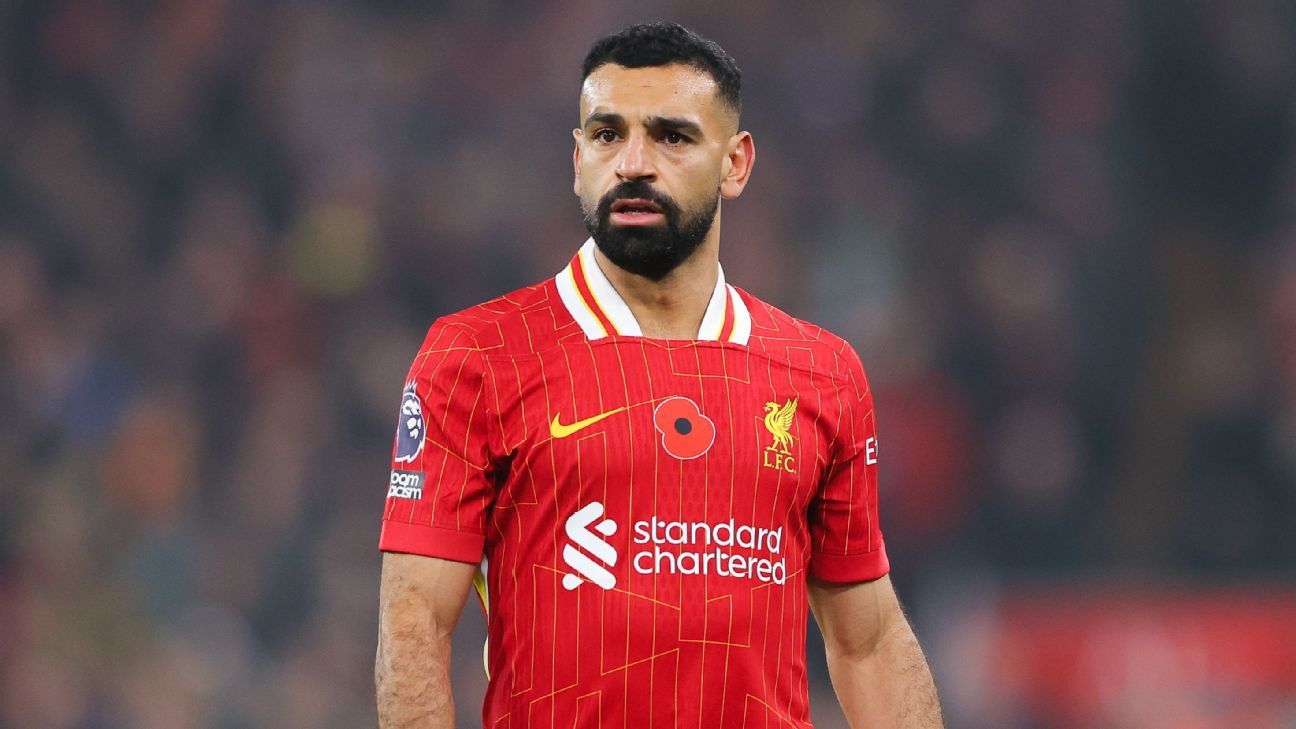BBL takeaways: crowds flock back, now to keep overseas stars
Written by I Dig Sports
After a rocky start, marred by a farcical abandonment in Geelong due to a dangerous pitch and the schedule being heavily impacted by bad weather, a shortened BBL season came alive in a throwback to its heyday.
It built on the bounce back experienced last season following a difficult period for the BBL mired in successive Covid-19 affected seasons. The tournament appears in a good place, having eroded a negative perception that had set in, but as ever question marks remain.
Shortened season fuels big crowds
This was seen as a pivotal season for the tournament after a resurgence last year. There had long been complaints over the protracted length of the BBL and officials reacted by shortening the regular season from 56 to 40 games.
Teams played 10 games each - down from 14 - and cut the length so it finished before the school holidays with finals having for a number of years been played in February. The finals series was reduced by a game after a rejigging of the format where only the top four qualified instead of five. It meant that games had more stakes and there were less dead rubbers.
The truncated season proved a hit with crowds rising by 27 percent with five regular season matches boasting more than 40,000 fans. It recreated the type of spectacle that saw the BBL take off in the mid-2010s and helped ensure a much better television product to help banish the eyesore of empty grandstands from previous seasons.
While traditional strongholds in Perth, Adelaide and Brisbane enjoyed record attendances, tournament officials would have been especially delighted with crowd numbers in Melbourne where the BBL has had difficulty penetrating. Renegades had an average crowd increase of 63 pe cent despite another underwhelming season.
A capacity crowd of 43,000 at the SCG for the final was a fitting end to a successful season.
Mass exodus still underlines availability issues
The BBL had sought to ward off competitors by doubling the salary caps of teams with top overseas players around $420,000 if they were available for the whole season.
But it still fell short of the salary cap of teams for the ILT20, which has a footprint from the IPL and is played in a shorter timespan than the BBL. Players unsurprisingly have found the ILT20 too hard to resist.
But as cricket's calendar increasingly gets saturated, the clash of rival tournaments and international fixtures means the issue over player availability might prove impossible to fix.
New local stars emerge
Fraser-McGurk, 21, has quickly become a drawcard and looms as a player of considerable interest for the national hierarchy having smashed the fastest ever List A century earlier in the summer and he also struck a maiden first-class hundred. He should make his international debut in the ODI series against West Indies.
Heat end Scorchers/Sixers' stranglehold
Scorchers and Sixers had won eight of 12 titles, including the last four, but Heat have replicated their blueprint of building around a local core. Queensland Cricket have reaped rewards for their local T20 Max competition which has proven an effective breeding ground for Heat.
Having earned redemption after their nightmare defeat against Scorchers last season, Heat became just the third team to win multiple titles and might well be in the midst of a golden run.
Renegades and Thunder struggle
Renegades and Thunder have often struggled in the BBL - despite each team having won a title - to underline the difficulties of having multiple teams in a city.
They combined for just three wins to finish at the foot of the table leading to uncertainty over their futures. Ricky Ponting and Aaron Finch have speculated that Thunder shift to Canberra in order to move away from the often difficult and slow Sydney Showground surface. Nine newspapers recently reported that the ACT are pushing for a new BBL team to be based in Canberra, but expansion seems unlikely in the near future.
Next season: Australia's stars set to return
In a reassuring sign of the competition's footing, the BBL enjoyed considerable success even with most of Australia's star players absent after the Test summer started later than usual.
Mitchell Marsh and Travis Head did not play at all, but Australia's stars are likely to be available for the backend of next season amid a clear slate in the international fixtures in January after the India-Australia Test series wraps up at the SCG.
The presence of Australia's top players in the backend of the season and finals would undoubtedly catapult the BBL to even greater heights.
Tristan Lavalette is a journalist based in Perth















 Phone: (800) 737. 6040
Phone: (800) 737. 6040 Fax: (800) 825 5558
Fax: (800) 825 5558 Website:
Website:  Email:
Email: 






